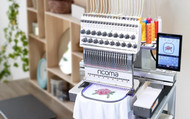Home Embroidery Machine Business: Ultimate Guide to Choosing, Using & Profiting in 2025
How to Choose a Home Embroidery Machine for Your Business
Starting a home-based embroidery business is becoming more and more popular here in Australia. After all, who wouldn’t love the idea of doing what they enjoy every day—right from the comfort of their own home?
With a good home embroidery machine, you can create custom pieces like clothing, caps, and bags without the hefty overheads that come with running a full-scale commercial setup.
Picking the right embroidery machine for home use is a key step. It needs to suit your specific business goals and fit within your budget. A reliable machine will help you stitch high-quality designs efficiently and keep your customers smiling!
Understanding Your Business Needs
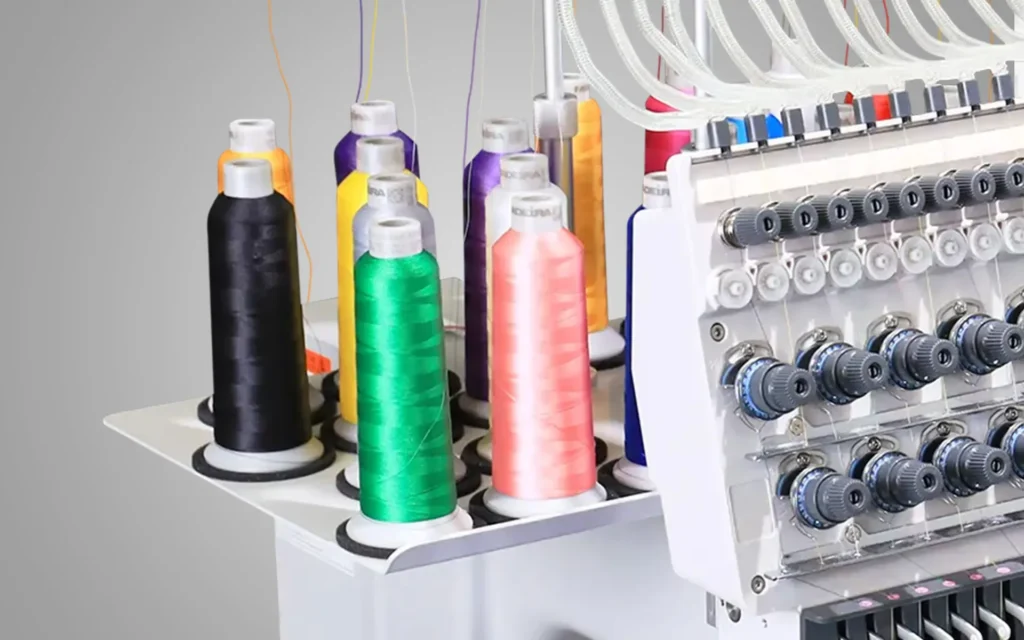
First things first – figure out who your target customers are and what kind of gear you’re planning to customise. Are you looking to stitch up t-shirts, hats, or maybe tote bags? Knowing what you're planning to embroider helps narrow down what features you’ll need in a machine.
Some machines are built for flat items like tees, while others are designed to tackle trickier shapes like caps.
Next up, think about how much you're planning to produce. Estimate how many items you'll be embroidering each week or month. This will give you a better idea of what machine speed and capacity you’ll need. If you're expecting a high workload, go for a machine that can keep up without conking out halfway through.
EM-1010 How-To: Ricoma Embroidery Machine Assembly – Unpacking Your Machine
Setting a realistic budget is a biggie too. Home embroidery machines come in all shapes and sizes – and price tags. It’s easy to get swept up in flashy features you might not even need. Decide how much you're happy to spend, and don’t forget to add the cost of essentials like software, extra hoops, threads, stabilisers, and regular maintenance.
Once you’ve got that sorted, it’s time to do your homework. Compare embroidery machines and pick the one that fits your goals. Sure, the best machine for home use might cost a bit more upfront, but it’ll save you drama down the track – with fewer breakdowns and top-notch results.
Key Features to Consider
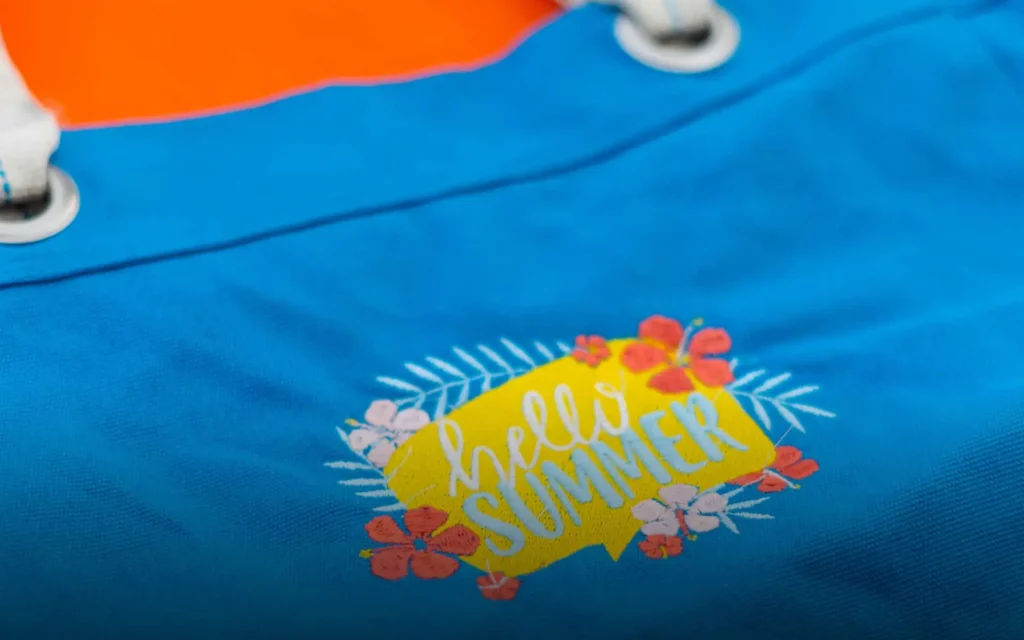
Choosing the right embroidery machine for your business is a big decision — it can make all the difference when it comes to meeting your production demands and producing top-notch designs. Here are some key features to look out for when weighing up your options:
Machine Type and Size
If you’re setting up at home, you’ll be looking at either a single-head or multi-head embroidery machine.
- Single-head machines are top-notch for home-based setups or small businesses. They’re more budget-friendly and don’t take up much room. The catch? They’re a bit slower since they can only stitch one design at a time.
- Multi-head machines, on the flip side, are a real game-changer for bigger production runs. They can stitch multiple items at once, saving heaps of time. Sure, they cost more and need more space, but they’re well worth it if you're flat out with orders.
Another thing to think about is whether you need a portable or stationary machine.
- Portable machines are light and easy to cart around—perfect if you're heading to markets or doing mobile embroidery jobs.
- Stationary machines are more solid and built to last. If you’ve got a permanent workspace, these are a top choice for stability and reliability.
Home embroidery machines are usually smaller and easier on the wallet—great for hobbyists or businesses just starting out. Commercial-grade machines, though, are built tough for high-volume jobs. They come packed with advanced features and can handle more wear and tear, but they’ll cost you more upfront.
Embroidery Area and Hoop Sizes
The maximum embroidery area is a key spec to check. This tells you how big your design can be in one go without needing to re-hoop the fabric. If you’re keen on larger or more detailed designs, you’ll want a machine that offers a decent-sized embroidery field.
Having different hoop sizes gives you more flexibility. Some machines include multiple hoops, which is super handy. Also, machines with quick-change hoops can save you loads of time and keep the workflow moving nicely.
Stitch Options and Built-In Designs
Embroidery machines offer a range of stitch types—like satin, fill, and decorative stitches. It’s important to get a machine that includes the stitches you’ll actually use for your type of work.
Built-in designs are great if you’re just getting started. They help you hit the ground running without needing to make everything from scratch. And of course, the ability to import custom designs is a must if you’re creating personalised or branded pieces.
If you’re planning to add names, quotes, or any sort of wording, make sure your machine has lettering features with a good selection of fonts and editing tools.
Thread Management and Colour Capability
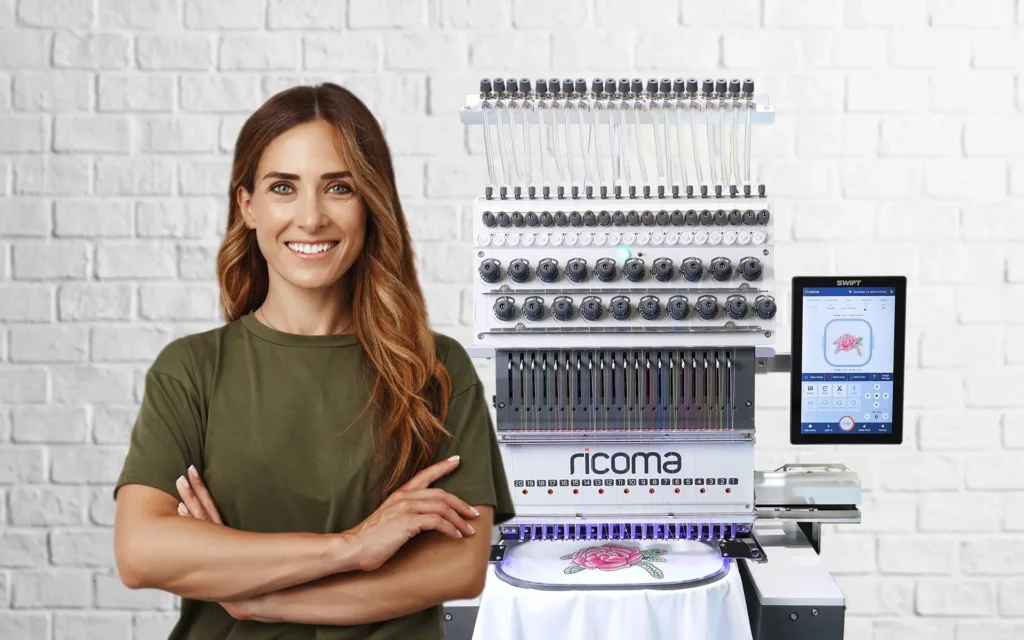
Multi-needle embroidery machines are a real game-changer when it comes to boosting your output. They make colour changes a breeze and help you get through jobs much faster – perfect if you're working on bulk orders or need to meet tight deadlines.
Automatic thread trimming is one of those little features that makes a big difference. It cuts the thread for you at the end of each stitch, so there’s less stopping and starting – saving you both time and hassle.
Getting the thread tension right is key if you want crisp, clean stitches. Machines that let you adjust tension manually give you more control across different fabric types and thread weights – ideal for getting that professional finish every time.
Easy to Use with a Smart Display
A touchscreen display makes things a whole lot simpler, especially if you're new to machine embroidery. You can flick through settings, pick your design, and even preview it all on the screen before you get started – no more second guessing.
MT-1501 How-To: Control Panel Overview
With on-screen editing, you can make quick changes to your design right there on the machine – whether you’re resizing, rotating, or tweaking it to get the right fit. No need to fire up your computer for every little change – it’s all at your fingertips.
Support When You Need It
Learning the ropes is a lot easier when your machine comes with built-in tutorials or access to handy online guides. And if you hit a snag, having solid customer support on hand can make all the difference.
Durability & Maintenance
When you're investing in an embroidery machine, it’s worth choosing one that’s sturdy and built with quality parts. A tough machine will go the distance and keep giving you great results job after job.
A good warranty adds peace of mind too – you’ll know you're covered if something goes wrong. And it’s always good to have a reliable local tech or service centre on hand to keep things running smoothly.
A bit of regular maintenance goes a long way. Clean out the lint and dust often, and don’t forget to oil the moving parts as per the manufacturer’s recommendations. It’ll help avoid breakdowns and keep your machine stitching like a beauty.
Budget
Figure out how much you're prepared to spend on a home embroidery machine, based on your business goals and financial situation. It’s important to strike a balance between quality and affordability to ensure you’re getting the best bang for your buck.
If the upfront cost is a bit steep, look into financing options or a payment plan. Plenty of retailers offer flexible finance deals that let you pay the machine off over time, making it easier to invest in a high-quality setup without breaking the bank.
Don’t forget to account for extra expenses beyond the machine itself. Things like design software, additional hoops, spare needles, and regular maintenance gear can all add up. Having a clear idea of the full investment can help you budget better and make smarter buying decisions.
Return on Investment
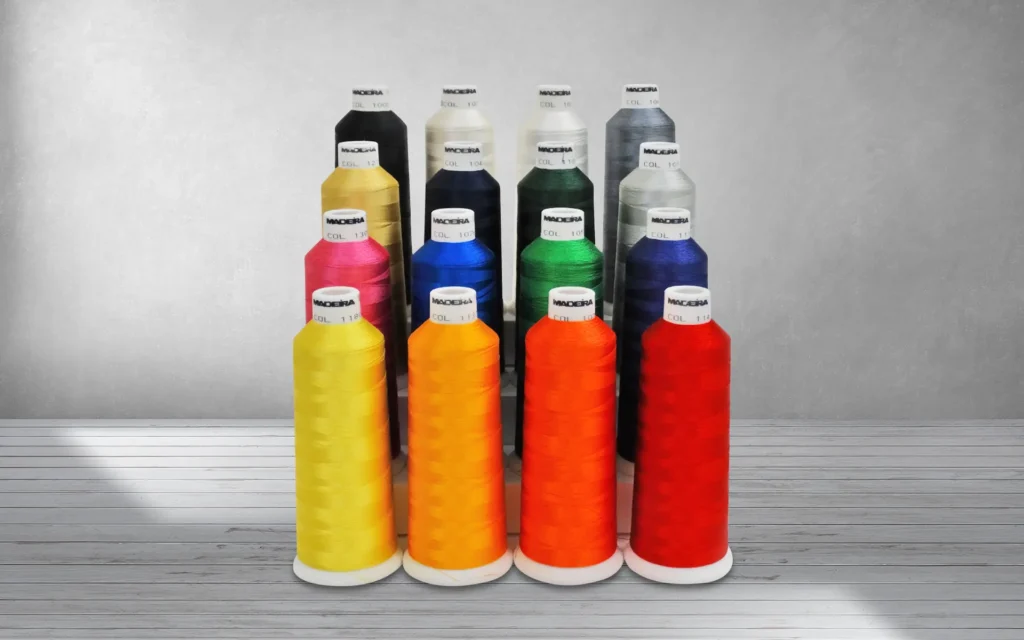
Start by crunching the numbers based on how much you’ll charge for your embroidered products and how many you can realistically make. This will give you a good idea of your potential income from using the machine.
Make sure you factor in all your expenses—things like materials, labour, marketing, and any other business-related costs. Knowing your total spend helps you figure out how much profit you’re actually making.
Don’t forget to calculate your break-even point too. That’s the number of items you’ll need to sell to cover the cost of your machine and setup. It’s a great way to set clear sales targets and track your progress. By looking closely at these financial bits, you can make sure your investment in a home embroidery machine pays off in the long run.
Long-Term Support and Community with Ricoma
Still on the hunt for the perfect beginner-friendly embroidery machine? Ricoma’s got your back!
Our machines are built tough, packed with smart features, and super easy to use. Take the Marquee embroidery machine it’s designed to be simple enough for newbies, but powerful enough to keep up as your skills grow.
One of the biggest perks of joining the Ricoma family is the strong community behind it. Whether you’re looking for advice, inspo, or just a group of like-minded creatives, our online forums and social media groups are full of friendly faces and handy tips. Plus, with tools like Chroma digitising software, the sky’s the limit when it comes to bringing your ideas to life.
Check out our range of machines today and start stitching your way to success!
For more inspiration, follow us on:
Facebook | Instagram | Pinterest | YouTube | Twitter| Tiktok
24th Jul 2025

